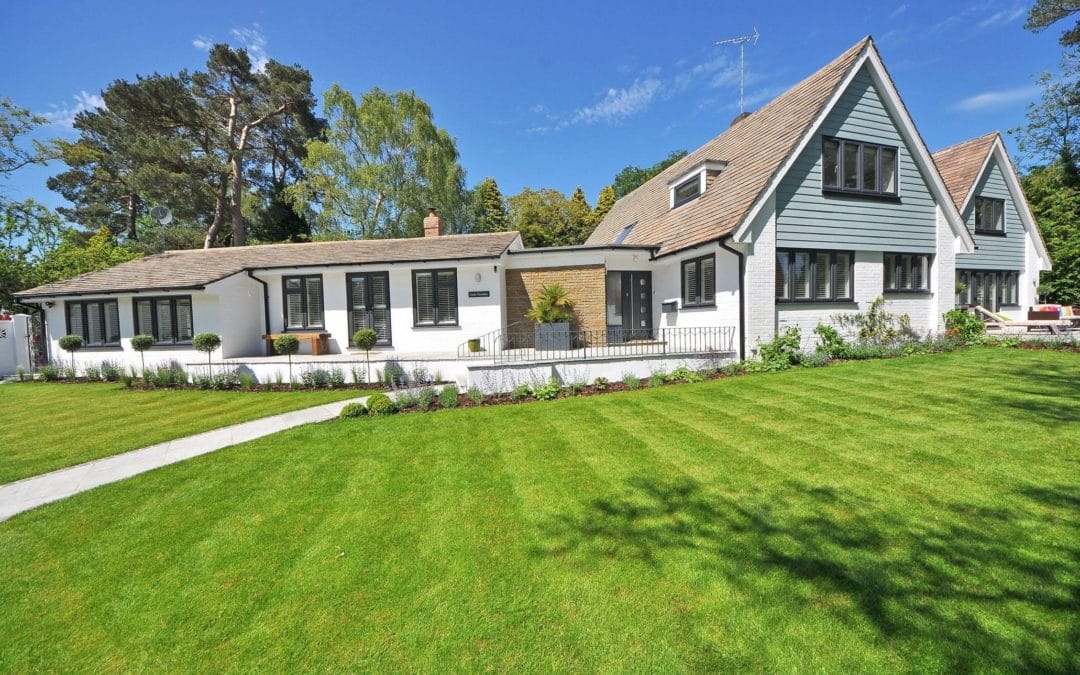“Only buy something that you’d be perfectly happy to hold if the market shut
down for 10 years.” ~ Warren Buffett. Though Buffett is not directly referring
to the real estate market, this, in general, is sound financial advice and a big
chunk from it can be also applied to real estate investments.
We are going to explore whether it is better to invest in multi-family rental
homes or single-family rental homes by discussing the pros and cons of both
the options. After reading this article, you will be able to decide which option
best suits your goal and requirements.
Multi-family rental homes
Multi-family rental homes simply mean multiple family residential complexes
that are located under one roof. An apartment building is a perfect example.
Pros
* Management: It is far easier to manage 10-15 tenants living in one
location than it is to have many tenants scattered around over a wide
area. Additionally, there is also increased awareness about the building
and about everything that must be managed about it.
* Maintenance and Repairs: Every home requires to be managed and
repaired from time to time. Multi-family homes demand this in greater
significance. As a building owner, it is easier for you to supervise and call
technicians for assistance to fix basic problems in the building. In
addition to this, this option provides a lot of room for accountability and
tracking of expense. All of this leads to budget control, proper allocation
of resources, and neat supervision. It is highly economical. If the entry
door is broken and needs to be fixed, it would benefit all the tenants
living in the building when this is compared to a single-family rental
situation where only a few members are benefitted.
* Greater control and financial help: Banks are more likely to finance
multi-family investment compared to single-family investments, mostly
because there is consistent cash flow. When all your tenants are living
under one roof, this grants the building owner more control in collecting
rentals and managing contracts. With honest feedback from tenants, the
building can be improved, and it would add to the appreciation of the
building.
Cons
* Appreciation: Many investors have noted that single-family rental
homes appreciate better over the long term in comparison to multi-
rental homes. This may vary depending on several factors but that is the
general idea or observation.
* Troubled Tenants: There is always some gap in what we expect and how
it turns out. Tenants may refuse to get along, take things for granted and
there is also the possibility that there may be a lot of problems that may
go unnoticed. This is quite common in multi-family rental homes and it
places much stress on the management.
* Diversity: When you invest in a multi-family home, you are investing in
one particular area and all your money is in one place. This gives little
room for much fluctuation in prices and eliminates diversity altogether.
Single-family rental homes
Single-family rental homes simply refer to a standalone home.
Pros
* More Care: It is highly likely that the tenants who have their own
separate homes tend to be more careful about how they maintain their
homes.
* Less Maintenance: As a building owner, the upkeep is much less in a
single-rental home because the tenants, mostly families, are more
responsible. Usually, families opt for single-rental homes.
* Diversity: You are free to explore and invest in different areas across the
city or place. This allows for more diverse investments and increases the
possibility of greater profits as well as losses.
Cons
* Financing: Financing is a bit tricky when it comes to single-family rental
homes. Banks limit the availability of loans, thereby impacting your
investment ability negatively. In case of multi-family rentals, one gets
many rentals under a single loan.
* Market Values: Much of the value of the property is determined by the
real estate market in general. This paves the way for fluctuations in
prices and dependability on other factors.
Loss: If your property is idle, then you will suffer a bigger loss in single-
family rentals compared to multi-family rentals. The reason is that in
multi-family rentals if one tenant exits, there will be several other
tenants in the building and they will continue to pay the rent.
Thus, as you can see, it is really challenging to definitely pick one of the two
options and promise great returns. Both types of investments have their own
upsides and downsides and it is a good idea to properly study individual cases,
keeping in mind the goal behind your investment and to choose the option
that suits your requirement best.
Good Luck!

